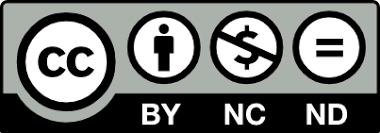PERSUASIVE FEATURES: ARGUMENTATION AND PRACTICE IN THE COURTROOM
Keywords:
persuasion, perception, features of language, opening statementsAbstract
Language is a powerful tool in communication and people can also use it while persuading other people. This article explores the concept of a general opening statement and the persuasive features accompanying. Employing certain linguistic features, lawyers are able to persuade the judge or the members of the jury to encourage them to view the events and participants in the light favorable for them. In addition, this paper examines the frequency of pronouns, phrases utilized to contrast their opinions with transitional phrases in persuasive argumentation. This also reveals the power of the language and seeks out to answer the following questions: 1. what kinds of pronouns are utilized in opening statements in the courtroom? 2. which other linguistic means are used in this part of the courtroom for persuasive argumentation? Finally, the paper emphasizes the role of the metaphor as an argumentative device and its contribution to achieving the final goal of the trial.
Full Text (PDF)
References
Austin, J. L., 1975. How to Do Things with Words. 2d ed. Oxford: Oxford University Press.
Chaemsaithong, K. Interactive patterns of the opening statement in criminal trials: historical perspective
Clements,C. S, Perception and Persuasion in Legal Argumentation: Using Informal Fallacies and Cognitive Biases to Win the War of Words,5-1-2013
Handbook of Forensic Linguistics. New York: Routledge, pp.296-314
https://journals.sagepub.com/doi/abs/10.1177/1461445613508900?journalCode=disa
McMenamin, G., 2002. Forensic Linguistics: Advances in Forensic Stylistics. Boca Raton: CRC Press. https://www.taylorfrancis.com/books/9780429247972
McMenamin, G., 2010. Forensic Stylistics. Theory and Practice of Forensic Stylistics. In: M. Coulthard and A. Johnson, eds. The Routledge Handbook of Forensic Linguistics. New York: Routledge, pp. 487–507.
Wydick,R.C Plain English for Lawyers, 7-31-1978, Volume 66 | Issue 4












